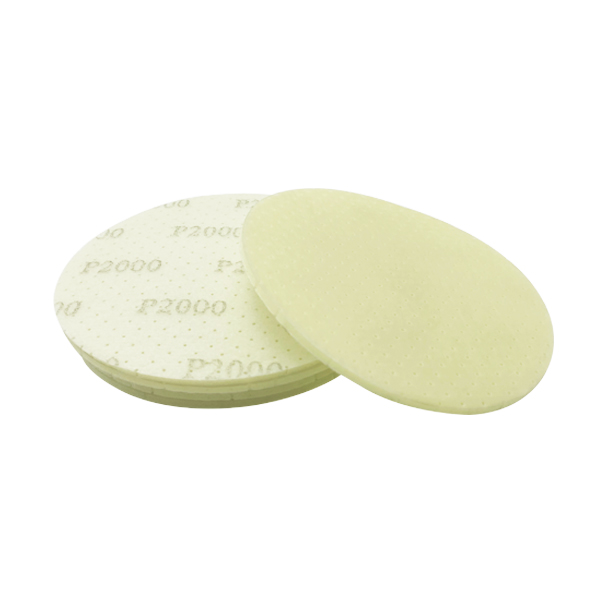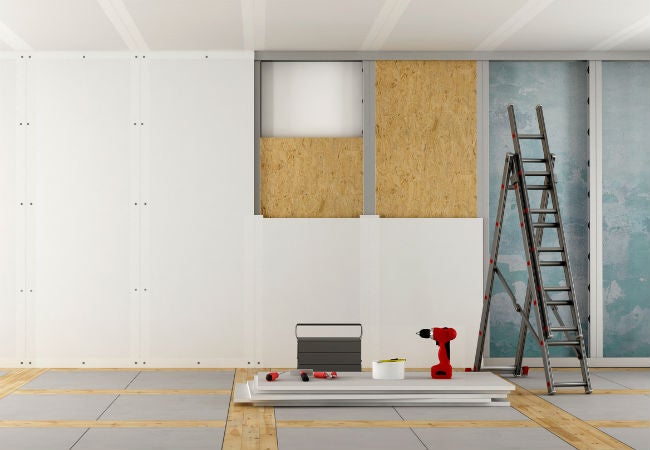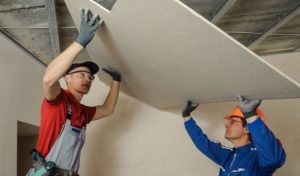Drywall installation is a common practice in the construction industry, providing a smooth and durable finish to interior walls and ceilings. However, beneath its seemingly harmless appearance, there are potential dangers that both professionals and homeowners should be aware of. In this article, we will delve into the various risks associated with installing drywall, emphasizing the importance of safety measures and precautions.
- Inhalation of Harmful Dust Particles:
Drywall installation involves cutting, sanding, and handling gypsum boards, which can release fine dust particles into the air. These particles may contain crystalline silica, a known respiratory hazard. Prolonged exposure to silica dust can lead to serious health issues such as silicosis, lung cancer, and other respiratory diseases. To mitigate this risk, it is crucial to wear appropriate personal protective equipment (PPE), including respiratory masks, during drywall installation. - Fire Hazards:
While drywall itself is fire-resistant, improper installation or the use of flammable materials during the process can pose significant fire hazards. Electrical wiring hidden behind drywall can overheat if not installed correctly, potentially leading to electrical fires. Moreover, using flammable adhesives or storing combustible materials near drywall installation areas can increase the risk of fire. Adhering to fire safety codes, ensuring proper electrical installation, and maintaining a safe working environment are essential preventive measures. - Structural Integrity:
Improper installation techniques or the use of substandard materials can compromise the structural integrity of drywall. Inadequate support or fastening can result in sagging or even collapse of the drywall, posing a risk to individuals nearby. It is crucial to follow industry standards and guidelines for drywall installation, including proper stud spacing, appropriate fasteners, and correct joint taping techniques. Regular inspections and maintenance are also necessary to identify and address any structural issues promptly. - Mold and Moisture Damage:
Drywall is susceptible to moisture absorption, which can lead to the growth of mold and mildew. Improper installation, inadequate ventilation, or water leaks can create a conducive environment for mold development, posing health risks and compromising the integrity of the drywall. To prevent mold growth, it is essential to ensure proper moisture barriers, adequate ventilation, and prompt repair of any water leaks or damage. - Occupational Hazards:
Drywall installation is physically demanding work that can lead to various occupational hazards. Improper lifting techniques, repetitive motions, and working at heights without proper fall protection can result in musculoskeletal injuries, falls, and other accidents. Employers and workers must prioritize safety by providing and using appropriate safety equipment, implementing ergonomic practices, and promoting regular breaks and stretching exercises.
Conclusion:
Installing drywall is a crucial step in construction, but it is essential to be aware of the potential dangers associated with this process. By understanding and addressing these risks, professionals and homeowners can ensure a safe and healthy environment. Prioritizing safety measures, following industry guidelines, and staying updated on the latest practices will help mitigate the dangers and promote the successful installation of drywall. Remember, protecting your health and safety should always be the top priority.






+ There are no comments
Add yours